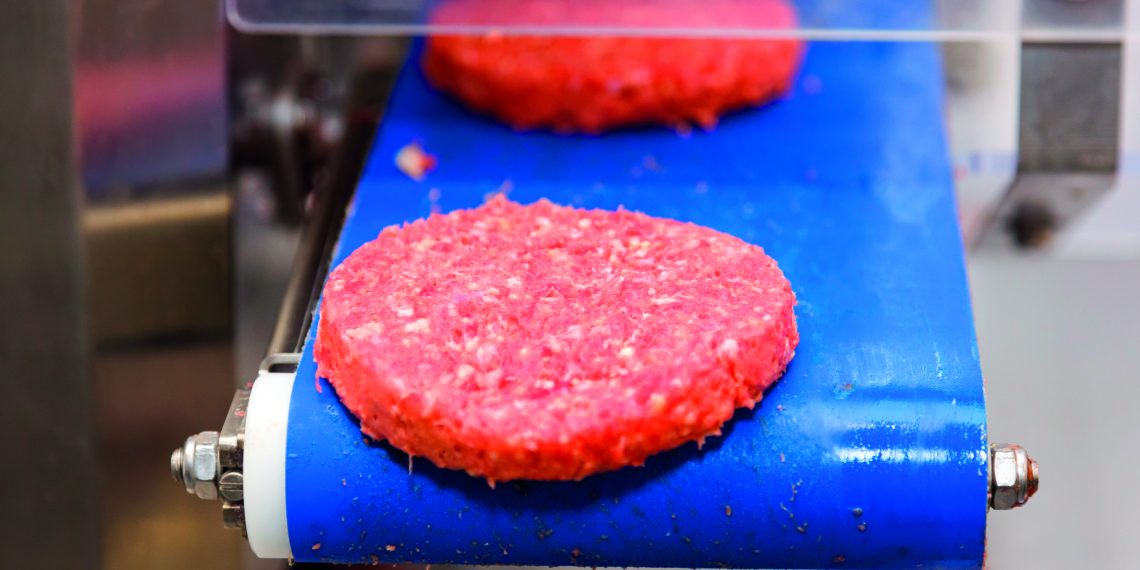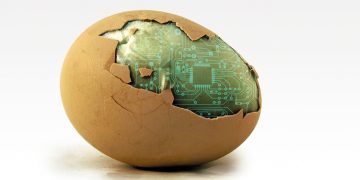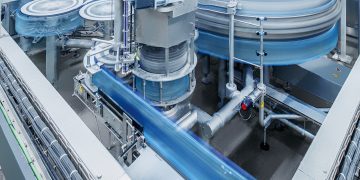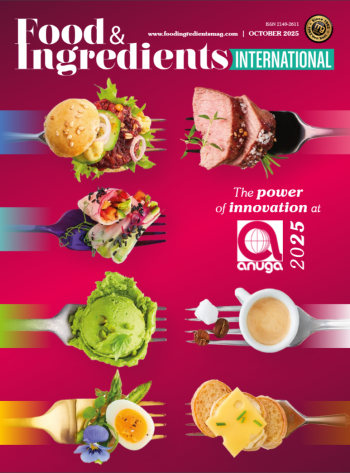Meat Slicing Machine Market is growing at a faster pace with substantial growth rates over the last few years and is estimated that the market will grow significantly in the forecasted period i.e. 2021 to 2027.
A meat slicer is a tool used in delicatessens and butcher shops to slice meat, sausages, cheese, and other deli products. It is also known as a slicer, a deli slicer, or a slicing machine. It is effortless as compared to the simple knife. The meat slicer keeps the texture of the food intact. There are two types of slicers including Automatic Slicing Machine and Semi-Automatic Slicing Machine. Various applications of meat slicing are Supermarket, Restaurant, Meat Processing Plant, and other. It mainly helps in converting raw food materials into food items by using various chemical and physical tools.
It is mainly made up of stainless steel. Various types of meat processing equipment are available in the market such as chillers, grinders, roasters, cutters, fillers, dicers, tenderizers, blenders, smokers, fryers, dryers, mixers, separators, slicers, homogenizers, feeders, and ovens. This equipment has applications in different industries such as poultry farms, the seafood industry, dairy industry, and many more. In terms of meat type, the market is bifurcated into Processed Mutton, Processed Pork, Processed Beef, and Others. Based on the product type, the market is sub-divided into Raw Cooked Meat, Raw Fermented Sausages, Cured Meat, Dried Meat, Fresh Processed Meat, Precooked Meat, and Others.
However, there are certain restraints and challenges faced which can hinder the market growth. A rise in the cost of raw materials might hinder the overall growth at a global level. However, its demand has seen a downwards trend owing to the outbreak of Scrapie disease in sheep and goats, which affects their nervous system and negatively affects meat quality.
Based on the product, the market is bifurcated into Automatic Slicing Machine and Semi – Automatic Slicing Machine. The Automatic Slicing Machine segment is expected to hold the largest market share due to increased efficiency and reduction in the space requirement at food processing sites.



















